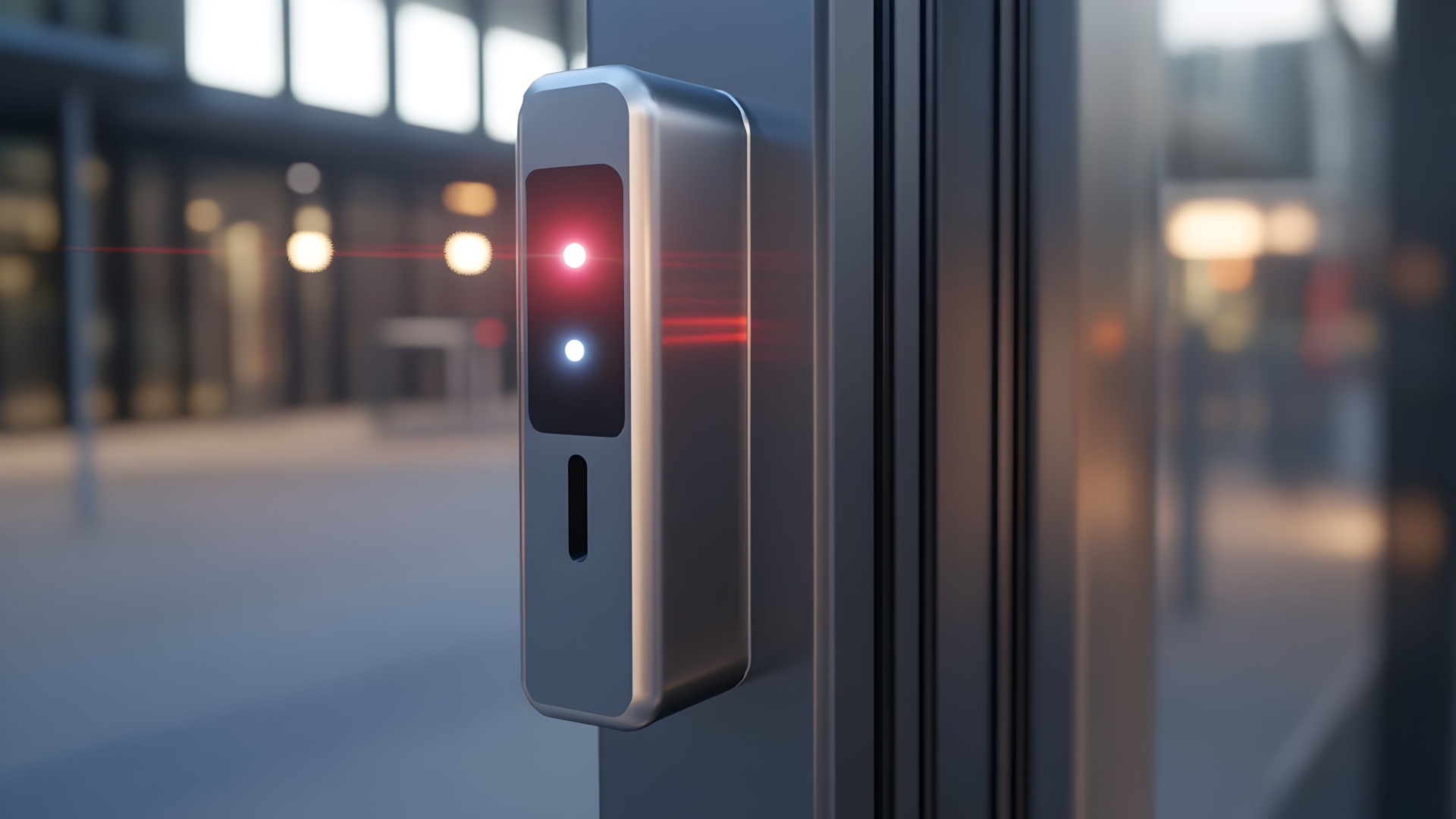Comprehensive Security Solutions for Modern Businesses
As a modern business, securing your assets, data, and personnel should be a top priority. Security isn’t just about cameras and alarms anymore—it’s a layered approach that spans physical, digital, and procedural elements.
Let’s break down what comprehensive security solutions look like today and how each element works to keep your business safe and sound.
1. Physical Security
Protecting your physical assets and workplace is essential to prevent resource losses, avoid downtime, and ensure the safety of your staff. But physical security measures go beyond basic locks and doors. Here are the key components that modern businesses rely on:
- Access control systems: Modern access control allows precise entry management, with a range of tailored solutions available from a commercial locksmith. From keyless entry and card readers to alarm-integrated locks, these tools make monitoring and controlling access easy and effective.
- Surveillance systems: Cameras still play a central role in business security. But today’s surveillance systems go beyond simple video feeds. Smart cameras can detect unusual movement patterns and alert you in real time, even remotely.
- Alarm systems: Alarm systems offer more than noise—they can connect directly to monitoring centers or notify authorities immediately. Plus, many integrate with mobile apps, so you’re alerted instantly.
Physical security is your first line of defense, acting as a deterrent and an active barrier against unauthorized access. Investing in these systems can protect property, reduce internal theft, and enhance safety for employees and visitors.
2. Digital Security
Data breaches and cyber threats are top concerns for businesses, no matter the industry. Digital security solutions safeguard sensitive information, customer data, and intellectual property from unauthorized access and cybercriminals. Here’s where to start in the digital space.
- Firewalls and Intrusion Detection Systems (IDS): Firewalls are like digital gatekeepers, while IDS monitors for suspicious activity. Both provide essential protection for your network, keeping out harmful traffic and spotting potential attacks.
- Encryption protocols: Encrypting data makes it unreadable without a decryption key, so even if hackers intercept it, they can’t use it. Implementing strong encryption on stored and transmitted data protects information integrity.
- Multi-Factor Authentication (MFA): MFA requires more than just a password to log in, which reduces the risk of unauthorized access. By requiring additional credentials, like a one-time code sent to a device or biometric verification, MFA keeps accounts safer from unauthorized use.
- Endpoint protection: Many attacks target individual devices rather than network-wide vulnerabilities. Endpoint protection software on all devices can detect and neutralize threats before they reach critical systems. This adds an extra layer of security for remote workers and mobile devices.
Investing in digital security is essential for protecting data and avoiding costly breaches, regulatory fines, and reputational damage. With cybersecurity threats constantly evolving, partnering with Manhattan IT support services, or a local tech support provider, can help you stay ahead and keep your systems secure.
3. People-Centric Security
One often-overlooked aspect of security is the role your team plays. Employees are on the front lines of your security strategy, and effective training and policies can make a real difference. Here’s how to leverage a people-centered approach.
- Regular training and awareness programs: Employees should know the basics, like spotting phishing emails, handling sensitive information, and recognizing unusual login attempts. Regular team upskilling keeps security top of mind and reduces the risk of human error.
- Clear security policies: Make sure everyone knows the rules for data access, device use, and working remotely. Clear policies set boundaries and minimize gray areas where mistakes or risks can arise.
- Incident reporting procedures: Encourage staff to report suspicious activity immediately. Clear reporting structures and a well-defined incident response plan help ensure that any cybersecurity threat or data breach is flagged and addressed before it can escalate.
Your team can be either a security asset or a vulnerability. By involving them in your security plan, you’re creating a culture of vigilance and shared responsibility that reinforces other security measures.
4. Integrated Security
Managing multiple security systems can be overwhelming, especially as businesses adopt more complex security technologies. Integrated security solutions simplify this process, bringing everything into a single, manageable interface where you can monitor, manage, and analyze security efforts in one place. Here’s how this unified approach can benefit your business:
- Centralized monitoring: With all systems under one platform, you can monitor physical, digital, and procedural security efforts in real time. A single interface streamlines operations, so no threats slip through the cracks.
- Automated threat response: Integrated systems can automate responses, such as triggering alarms, locking doors, or instantly alerting security teams at the first sign of trouble. These automated features improve response times and reduce manual intervention.
- Enhanced data analysis: By pooling data from multiple sources, integrated systems allow for more in-depth analysis of security patterns. You can spot trends, forecast risks, and adjust strategies proactively based on data-backed insights.
An integrated approach isn’t just convenient—it’s effective. A unified platform allows you to make better decisions and ensures a cohesive and efficient security strategy.
Wrapping Up
Comprehensive security solutions go beyond installing a few cameras and locking up at the end of the day. They span physical assets, digital information, employee engagement, and policy compliance, creating a multi-layered barrier against threats. By investing in these areas, you can safeguard your business, minimize risks, and build a secure foundation for growth.
With the right tools, policies, and practices in place, you’re ready to protect your business from the inside out.








